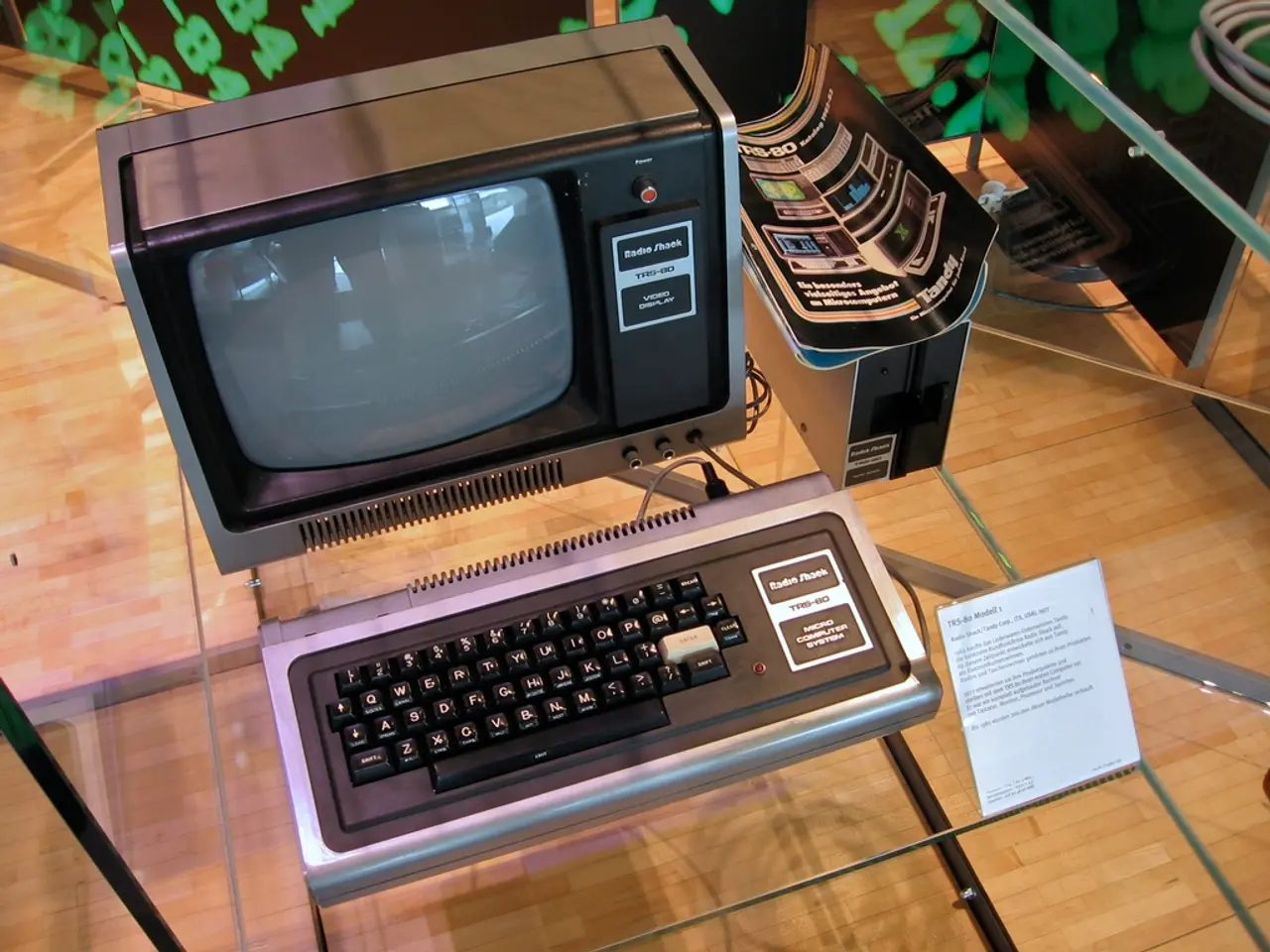Diagnosing and Fixing PC Boot Issues: A Detailed Handbook on Resolving Unresponsive PCs
In the realm of technology, PC boot failures can be a frustrating experience for many users. This article aims to provide a clear and concise guide to help you diagnose and fix common PC boot problems. We've categorised the solutions into three scenarios: utter silence, lights and fans but no display, and the boot beginning then faltering.
**Scenario 1: Utter Silence**
When your PC fails to power up at all, the symptoms are clear: no lights, no fans, no noise. In such cases, the power supply unit (PSU) might be the culprit. Ensure the power cord is properly connected and the PSU is functioning. If possible, try using a different PSU. Also, verify the power button connectivity to the motherboard. Overheating can also prevent a PC from booting. Ensure good airflow around the PC to avoid future overheating issues.
**Scenario 2: Lights and Fans but No Display**
If your PC components light up and fans spin, but nothing appears on the monitor, the problem lies in the video output. Ensure the monitor is turned on and the video cable (VGA, HDMI, DisplayPort) is securely connected to both the monitor and the PC's graphics output. If using multiple outputs, try switching to a different one. Booting in Safe Mode can help diagnose issues with the graphics drivers or other system components.
**Scenario 3: The Boot Begins Then Falters**
When the boot process starts but stops midway, the issue could be with the boot order or the system disk. Ensure the correct boot device is set in the BIOS settings. Running Startup Repair, chkdsk, System Restore, and using diagnostic tools like 4DDiG Windows Boot Genius can help repair issues with the system.
In all scenarios, further investigation is needed. Access the BIOS settings (usually by pressing DEL or F2 during startup) and ensure that the correct boot drive is selected. Motherboards may have diagnostic LEDs that light up to indicate specific issues. If uncomfortable working with electronics, professional assistance is recommended. If possible, connect a different monitor to rule out any issues with your primary display.
The process of PC boot-up relies on a chain reaction, starting with the power supply unit (PSU) and ending with the loading of the operating system. It's essential to verify that your hard drive or SSD is securely connected to both the motherboard and the PSU. Open your PC case and carefully reseat the graphics card, RAM modules, and any expansion cards. Ensure they are properly aligned and clicked into place.
Consider running diagnostic tools (like CrystalDiskInfo) to check the health of your hard drive or SSD. The CMOS battery on your motherboard stores BIOS settings. Resetting it can sometimes resolve boot issues. Always remember to backup your data before performing any critical operations.
This guide covers a range of common issues and can help diagnose and fix most PC boot problems. With patience and careful troubleshooting, you should be able to get your PC up and running again in no time.
- AI-based diagnostic tools, like CrystalDiskInfo, can assist in monitoring the health of your hard drive or SSD during the PC boot-up process.
- In the future, advancements in technology and software might lead to more intuitive and automated solutions for diagnosing and fixing PC boot problems.
- To stay updated on the latest news in the technology industry, regularly follow hardware and gadget reviews, which often provide insight on the most efficient solutions for PC boot troubles.
- As for the boot process itself, it involves multiple software and hardware components, such as the power supply unit, graphics card, and operating system, that must function correctly for a successful PC startup.
- If you're encountering persistent boot problems, consider consulting AI-driven hardware and software review news for potential gadget and technology solutions to enhance your system's performance and reliability.




